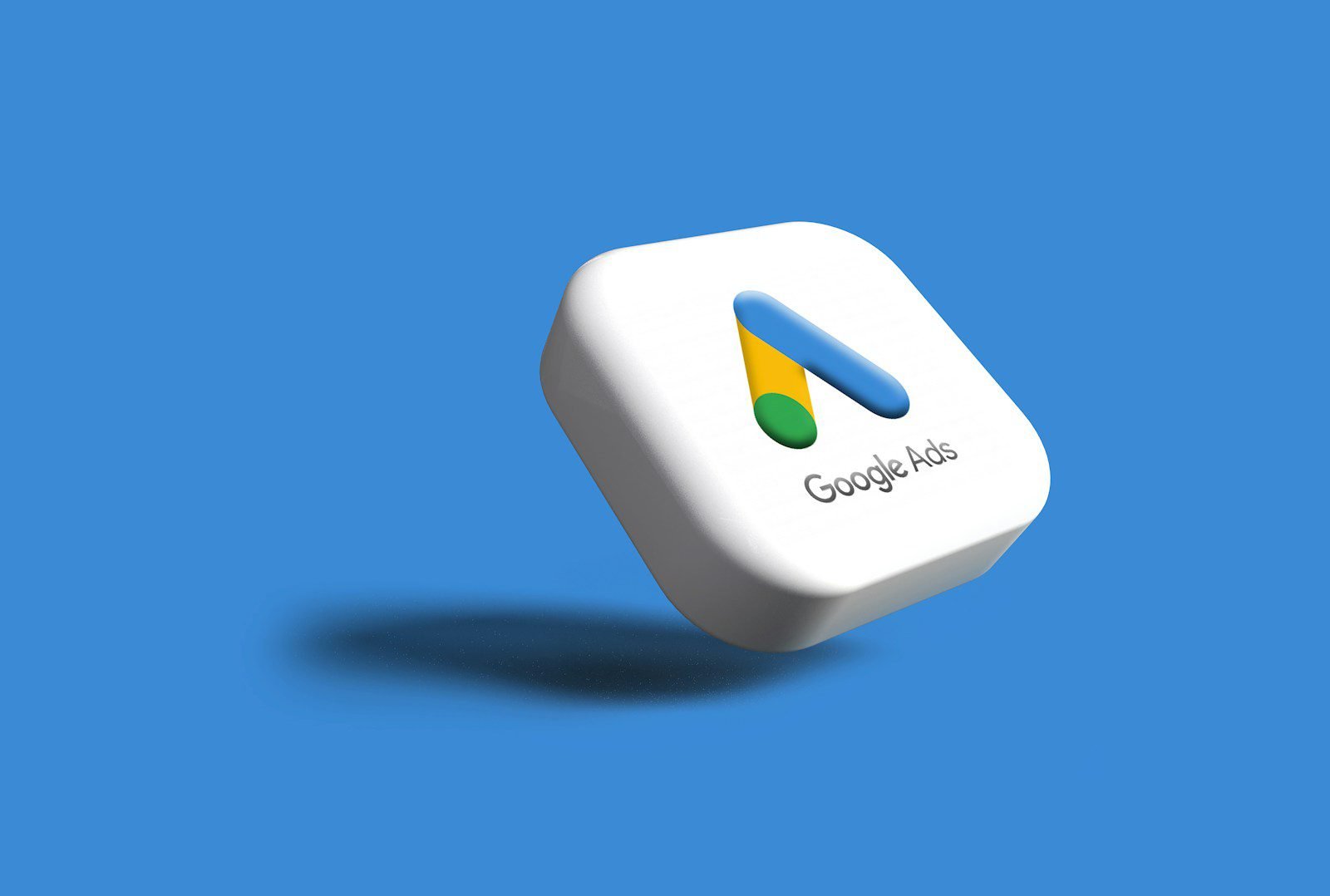So it’s your first time running Google ads!? Okay there’s a lot to think about but if you want to get started today there are some key performance indicators you should definitely learn about to avoid wasting budget and to increase the quality of your campaigns from day one. This blog post outlines the KPI’s you need to learn about to maximise your Google ads performance from the jump.
What are Impressions?
Impressions are a measure of every time a set of eyeballs views one of your ads. That’s not to be mistaken with Reach, which is the number of unique people that have viewed an ad.
So, for example, if I see your ad ten times, that counts as Ten Impressions. Impressions are kind of used at the top end of your analytics to measure how many times it takes someone to click on your ad. Which brings us nicely to click through Rate.
What is Click Through Rate?
Click through rate is the ratio of impressions to clicks on your ad. For example, if you have five clicks for every 100 impressions, you have a click through rate of 5%.
This is a really good indicator of the strength of your copy on your ads. Does the text and the arrangement of your ad make people want to click? And if your click through rate is really low, what can you do to improve that? I like to see a minimum click through rate of 3%, but it’s not uncommon to see click through rates upward of 20%.
What is average cost per click?
Cost per click is very much connected to other metrics, but this is the average cost for every time someone clicks on your ads. This is across all your campaigns. So some of your clicks might be very expensive and some of your clicks might be very cheap. It’s good practice to regularly check the keywords that are generating clicks and how much each one costs as well as whether those keywords are actually generating conversions.
This is the average and we’ll talk about how to bring that cost down in a little bit. So stick around for that
What is conversion rate?
Conversion rate is the ratio of conversion to clicks on your ads. That means the ratio to how many people interacted with your ad versus how many people bought something etc.
Conversions are set by you so that could be a phone call, a form completion, or even a purchase on your website. Let’s say you had a hundred clicks on your ads and five conversions or five sales or five phone calls. That would mean you have a 5% conversion rate.
Now, if you have lots of different types of conversions registered on your account. For example you might want phone calls and you might want a purchase on your site, then your conversion rate gets a little muddy. In this case you might see a conversion rate of over 100%.
What is impression share?
Impression share is a measure of how much your ad was viewed compared with how much it potentially could have been viewed. And that is determined by a few different things. Firstly, the budget versus the budget of your competitors.
Also, the quality score of your ads as well as the targeting settings. So the impression share really is an indicator of whether you need to increase your budget or not. For example, if you’re getting less than 5% of the entire share for the day, you might want to bump your budget up. However, do be careful when increasing your budget because a lot of Google’s recommendations seem to revolve around increasing your budget. You don’t always actually need to. So just be hesitant on that one.
What is an ad quality score?
So this one is really important as it will have a direct impact on the overall cost of your conversions and therefore your potential ROI. If you’ve got a very high cost per click, improving your ad quality score may help bring this down
Ad quality score is measured on three different factors. tThe landing page experience, the ad relevance (asin how closely your ad matches the intent behind the user’s search) and the average click through rate.
So how well does your ad match the copy of your landing page? If it’s very different, if none of the keywords are the same, your cost per click is going to be higher. If your ad is very similar to your landing page in terms of keywords and user intent, then your cost per click is going to be lower.
Taking a look at your ad quality score and doing something about that may actually help to bring the cost per click down, and improve your click through rate. This means cheaper conversions! Yay.
That’s optimisation and that’s what you’re looking for. So ad quality score is quite an important one to look at. And the six KPIs that we’ve mentioned are all very important beginner metrics for you to make sure your ads are running at a high quality.







